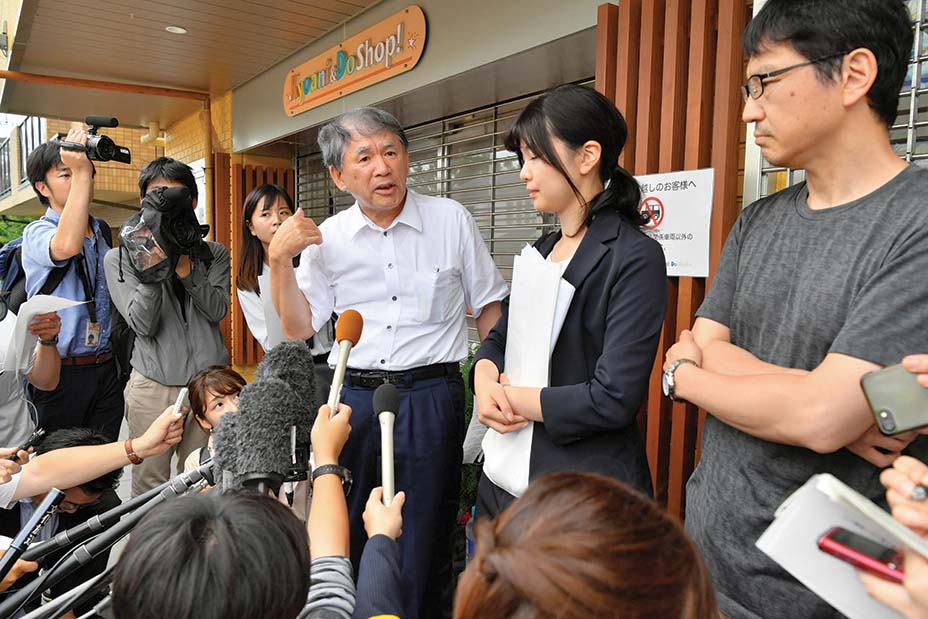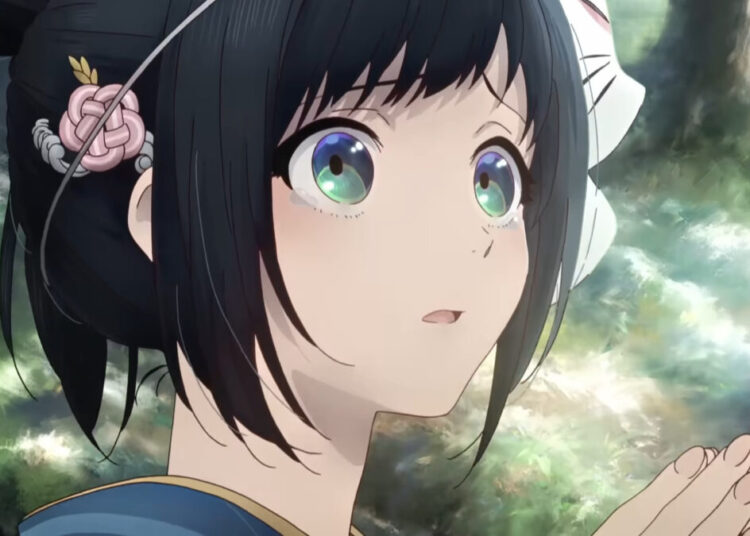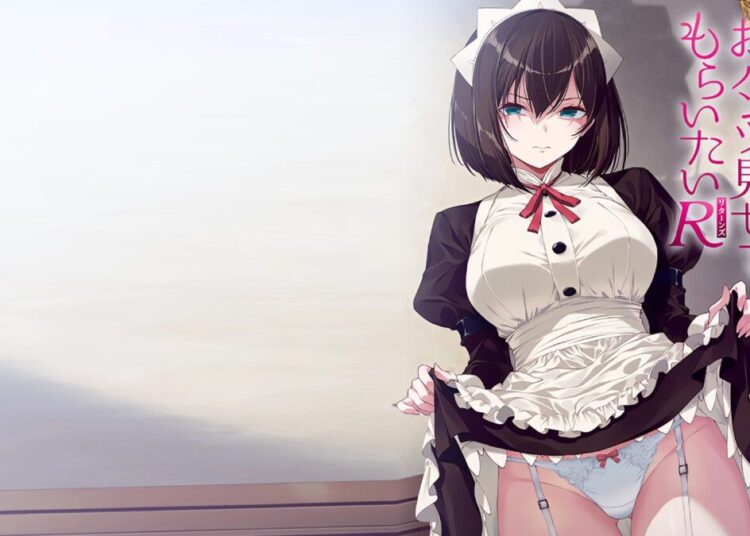Kyoto Animation Founder and CEO Hideaki Hatta gives his first in-depth interview since the July arson tragedy
Recently, the Hollywood Reporter has published an article featuring, among others, Kyoto Animation CEO Hideaki Hatta. This is notably his first in-depth interview since the July arson tragedy, which had claimed the lives of 36 employees (including industry veteran Yasuhiro Takemoto) and has already gone down in infamy as “nation’s largest act of mass murder since the end of World War II” in spite of having one of the world’s lowest crime rates.

Among the details brought up is how the events of July 18, 2019 played out from his perspective. If anything, what adds to the pain was how it started off just like any other day in the office (in fact concerning a business meeting with NHK over the 2020 Tokyo Summer Paralympics) until the full, harrowing details regarding the fire in Studio One came in:
“I didn’t think much of this news,” says Hatta, 69, speaking about the fire at length for the first time since the attack. A compact man with salt-and-pepper hair and a disarming, crooked smile, Hatta is energetic and brisk in the manner of a self-made entrepreneur. He often carries a sheaf of folders and papers close to his chest and frequently consults a small green notebook. The caller hadn’t seemed particularly alarmed about the fire, and Studio One was a nonsmoking building, so Hatta assumed something small had set off a smoke alarm. He went on ahead, expecting the usual busy day of meetings….
…The morning of the fire, as Hattaheaded toward Studio One for the NHK promo taping, an ominous plume of thick smoke darkened the sky. A feeling of unreality began to descend on him, growing more acute as he approached the flames.
Unable to find parking nearby, he ditched his car and ran the half mile or so to the studio. “I couldn’t really feel the distance,” he says. Firefighters lined the roads, blocking his entrance. He pushed past, into an alley, and kept running until he found a few employees sprawled on the streets. Their faces were black and they clutched wet towels.
The article also goes into discussing culprit Shinji Aoba, and the immediate aftermath for everyone involved, including Hatta. When media reports began surfacing that alleged how Aoba was “someone who looked like an otaku,” there were even worries that it may spark a scapegoating of Japanese fandom and the anime industry, if not outright moral panic.
Video essay by YouTuber Gigguk on KyoAni, highlighting how influential the studio is in and well beyond Japan. Circa 2019 (Source: YouTube)
Despite the despair and overall gloom, however, the fears of a worst-case scenario never materialized. In addition to the piece highlighting the testimony of the culprit’s neighbor (himself proudly an otaku) on Aoba simply being a disturbed recluse with a criminal record, it also stresses how those in the fandom and industry, even outside Japan, had come together to aid KyoAni in its darkest hour:
In the immediate aftermath of the fire, Sentai Filmworks, a Texas-based specialty distributor that had released several KyoAni productions in the U.S., launched a GoFundMe campaign seeking donations from the international anime fan base. Within days, it had brought in $2.4 million. On July 22, Okeda announced a centralized donation program on KyoAni’s website, consolidating the Sentai money with millions more that had begun to flow to the studio through informal channels across Japan. At the same time, he began talks with members of the Japanese Diet, and even the Japanese prime minister’s office, hoping to find a way to make the donations tax-exempt, which would mean up to 40 percent more money could go to the families.
Bolstered by the initial wave of support from powerful voices worldwide — including Canadian Prime Minister Justin Trudeau and Taiwanese President Tsai Ing-wen — Okeda’s discreet lobbying efforts began to pay off. Within four weeks, Japan’s national legislature passed a measure allowing for 100 percent of the donated funds to be tax-exempt, a first in Japanese corporate history. To date, more than $30 million has been donated, the vast majority in the form of small donations from fans. Although some have argued for KyoAni to use a portion of the funds for its own reconstruction, Hatta has insisted that all of the donations will go to the victims and their families.
Indeed, all throughout is a recurring motif of how there’s much more to the animation studio and its legacy than just suffering, whether it’s the overall quality and setting an example for others in the industry, or the studio’s sheer determination despite the odds. Likewise, neither Hatta nor the staff of KyoAni intends on letting the tragedy define or overshadow them, moving forward:
In the weeks following the fire,Hatta often returned to the question of why but came to feel as if he were staring into a void. Five months on, he is beginning to leave that question behind, moving beyond Aoba. “He doesn’t exist in my mind,” Hatta says. “This is not a human act. This isn’t something a human is capable of. I am beyond hate.” Though he and Yoko are at an age where they normally would have begun contemplating retirement, the Hattas instead now experience a kind of existential vertigo. “If we quit now, I will be left with regret,” Hatta says. “What was my life about?”
In the days after the blaze, Okeda and other members of KyoAni’s staff made an exploratory trip into Studio One’s charred remains. There, they discovered one minor miracle. While the fire had destroyed about half of KyoAni’s pending work on paper, it had spared the studio’s server, housed in a back corner of the building behind a fireproof door and cement walls. Thousands of hours’ worth of work, much of it by employees who are now gone, still survived….
…From the beginning, families and goodwill had been the bedrock of KyoAni’s corporate culture. Returning to work with those who remain, Hatta now believes, is the only response to the unanswerable questions that continue to haunt him. “There are mothers who lost their daughters, daughters who lost their mothers, a father who lost his first-born son. Rebuilding the company requires that people come together,” he says. “As long as we have one person, we will keep going. We started from nothing. We will be together in this.”
Befitting the Yuletide Season, it seems like even the worst of tragedies, there’s more than a glimmer of hope on the horizon.
Special credit goes to Scott Johnson and Patrick Brzeski of the Hollywood Reporter for breaking this development.














